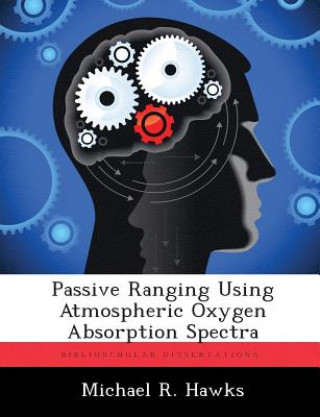
Kód: 08242631
Passive Ranging Using Atmospheric Oxygen Absorption Spectra
Autor Michael R Hawks
The depth of absorption bands in observed spectra of distant, bright sources can be used to estimate range to the source. Previous efforts in this area have relied on measuring infrared CO2 bands, with disappointing results. A nov ... celý popis
- Jazyk:
 Angličtina
Angličtina - Vazba: Brožovaná
- Počet stran: 138
Nakladatelství: Biblioscholar, 2012
- Více informací o knize

Mohlo by se vám také líbit
Darujte tuto knihu ještě dnes
- Objednejte knihu a zvolte Zaslat jako dárek.
- Obratem obdržíte darovací poukaz na knihu, který můžete ihned předat obdarovanému.
- Knihu zašleme na adresu obdarovaného, o nic se nestaráte.
Více informací o knize Passive Ranging Using Atmospheric Oxygen Absorption Spectra
Nákupem získáte 165 bodů
 Anotace knihy
Anotace knihy
The depth of absorption bands in observed spectra of distant, bright sources can be used to estimate range to the source. Previous efforts in this area have relied on measuring infrared CO2 bands, with disappointing results. A novel approach is presented here and demonstrated using observations of the O2 absorption band near 762 nm. Oxygen was chosen because its concentration is more stable and predictable than CO2 or H2O, and this band is spectrally isolated from other atmospheric bands, which enables direct estimation of absorption. Range is estimated by comparing observed values of band-average absorption, A , against curves derived from either historical data or model predictions. Curves are based on fitting a random band model to the data, which reduces average range error by 67% compared to the Beer's Law model used in previous work. An original model is presented based on a traditional random band model, modified to account for variations in absorber concentration over long, inhomogeneous paths. This mod- ification further reduces error by over 50% in short-range experiments, and can be used in conjunction with any band model. A static rocket motor test was observed using a Bomem MR-254 Fourier trans- form spectrometer at a range of 2.8 km. In this case, observed values of A were com- pared against data simulated using FASCODE, a validated atmospheric transport model. Detailed atmospheric soundings were not required; a standard atmosphere was used, and a simple correction, based on published meteorology data, is presented. The resulting range estimate was accurate to within 0.5% (14 m). Similar accuracy was also achieved at shorter ranges using a lamp as a surrogate target. Long-range performance is predicted by using FASCODE and theoretical mod- els to extrapolate observed short-range performance. Range error of 5% or less is predicted at ranges up to 400 km for a representative target.
 Parametry knihy
Parametry knihy
Zařazení knihy Knihy v angličtině Society & social sciences Education
1646 Kč
- Plný název: Passive Ranging Using Atmospheric Oxygen Absorption Spectra
- Autor: Michael R Hawks
- Jazyk:
 Angličtina
Angličtina - Vazba: Brožovaná
- Počet stran: 138
- EAN: 9781288307234
- ISBN: 9781288307234
- ID: 08242631
- Nakladatelství: Biblioscholar
- Hmotnost: 259 g
- Rozměry: 246 × 189 × 8 mm
- Datum vydání: 16. November 2012
Oblíbené z jiného soudku
-

Oxford IB Diploma Programme: IB Economics Course Book
1594 Kč -

OET Preparation
246 Kč -
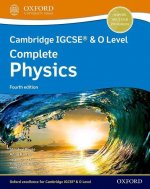
Cambridge IGCSE (R) & O Level Complete Physics: Student Book Fourth Edition
929 Kč -

Business Partner B2 Workbook
462 Kč -

Business Partner B1 Workbook
434 Kč -

Imagine If...
306 Kč -

OET Reading Subtest Preparation
343 Kč -

Vol 2 Blackletter Lettering Adventures
635 Kč -

AS & A Level Maths For Dummies
455 Kč -

CompTIA Security+ Review Guide - Exam SY0-601
621 Kč -

Amazing Autistic Brain Cards
1000 Kč -
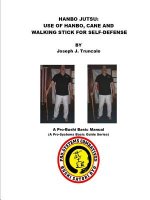
Hanbo Jutsu: Use of Hanbo, Cane and Walking Stick for Self Defense
284 Kč -

Embodied Teen
545 Kč -

Blue Book of Grammar and Punctuation: An Easy- to-Use Guide with Clear Rules, Real-World Examples , and Reproducible Quizzes, Twelfth Edition
393 Kč -

Positive Discipline Tools for Teachers
433 Kč -
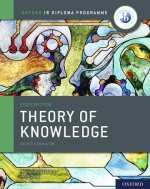
Oxford IB Diploma Programme: IB Theory of Knowledge Course Book
1466 Kč -

Oxford IB Study Guides: Economics for the IB Diploma
1120 Kč -

Speed and Accuracy: Division
208 Kč -

GCSE Spanish Exam Practice Workbook (includes Answers & Free Online Audio)
220 Kč -

KS3 Maths 10-Minute Weekly Workouts - Year 7
199 Kč -

Vertical Academy
919 Kč -

Grade 9-1 GCSE Maths AQA Revision Question Cards - Higher
242 Kč -

Human Landscapes from My Country
656 Kč -

Cambridge IGCSE (R) & O Level Complete Chemistry: Student Book Fourth Edition
992 Kč -

Oxford IB Diploma Programme: IB Course Preparation Mathematics Student Book
992 Kč -
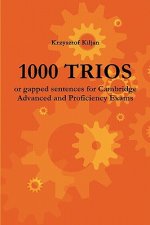
1000 TRIOS or gapped sentences for Cambridge Advanced and Proficiency Exams
608 Kč -

Business Partner B1+ Workbook
462 Kč -

(ISC) SSCP SG & SSCP Practice Test Kit, 3e
1745 Kč -

Einkorn
519 Kč -

Czech Verbs
954 Kč -
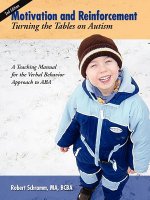
Motivation and Reinforcement
1161 Kč -

Pearson Edexcel International GCSE (9-1) English Language B Student Book
1328 Kč -

Read Write Inc. Phonics: Red Ditty Book Bag Books (Mixed Pack of 10)
1587 Kč -

Oxford International Primary Maths Second Edition: Practice Book 1
323 Kč -
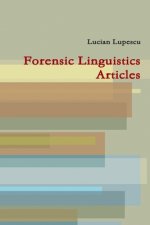
Forensic Linguistics Articles
417 Kč -

Corrected Squares of The Book of Abramelin
14513 Kč -

Exam Prep for Microeconomics by Pindyck & Rubinfeld, 6th Ed.
1089 Kč -

KS3 Maths 10-Minute Weekly Workouts - Year 8
199 Kč -

Reading Mind - A Cognitive Approach to Understanding How the Mind Reads
556 Kč -

Internet Protocol over Link-16
1646 Kč -
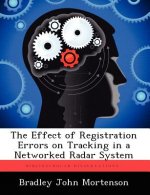
Effect of Registration Errors on Tracking in a Networked Radar System
1646 Kč -
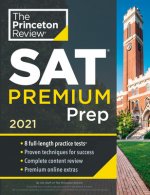
Princeton Review SAT Premium Prep, 2021
1136 Kč -

CEH v11 Certified Ethical Hacker Study Guide + Practice Tests Set
1869 Kč -
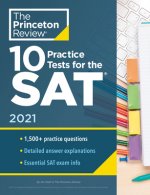
10 Practice Tests for the SAT, 2021 Edition
841 Kč -
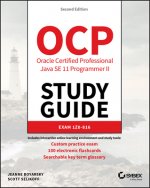
OCP Oracle Certified Professional Java SE 11 Programmer II Study Guide - Exam 1Z0-816 and Exam 1Z0-817
1336 Kč -

Prepared
876 Kč -

Powerful Teaching: Unleash the Science of Learning
665 Kč -

Physics for You
1249 Kč -
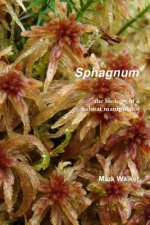
Sphagnum
363 Kč
Osobní odběr Praha, Brno a 12903 dalších
Copyright ©2008-24 nejlevnejsi-knihy.cz Všechna práva vyhrazenaSoukromíCookies







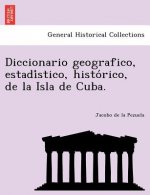
 Vrácení do měsíce
Vrácení do měsíce 571 999 099 (8-15.30h)
571 999 099 (8-15.30h)